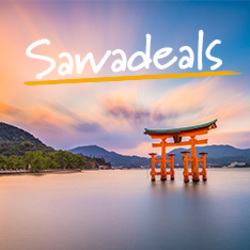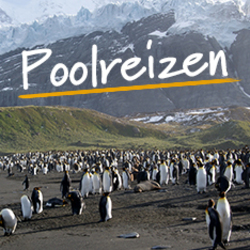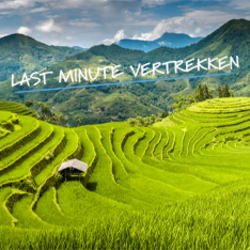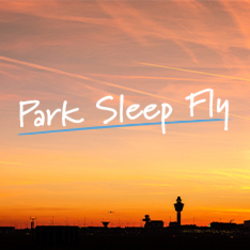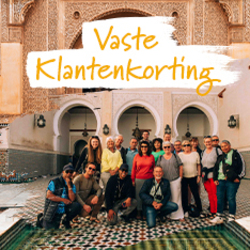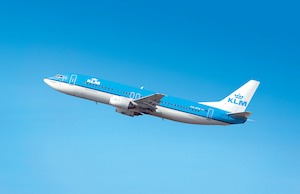Activities
- Wildlife Holidays
- Marine Wildlife
- Birdwatching
- New Wildlife Holidays
- — Seven nights aboard Archipel I exploring the Galapagos Islands — Experience incredible wildlife viewing and photographic opportunities with near-tame animals — High chance of spotting flightless cormorants, Galapagos penguins, Galapagos giant tortoises, whitetip reef sharks, blue- and red-footed boobies, American frigatebirds, land and marine iguanas, waved albatrosses and short-eared owls — Fantastic on-board service with experienced naturalist guide
- Family
Food
Activities
-
1
Start Quito
The adventure starts in Quito, aim to arrive at the hotel this afternoon/evening. Free transfers are available for all clients – check the Joining Instructions for more information. A local guide will welcome you to Quito and explain the schedule for the next few days. Accommodation: Hotel Casona de la Ronda (or similar)
-
2
Discover Quito at your leisure
Today is free to relax, recover from the flight and explore the fascinating city of Quito, the second-highest capital in the world, standing at 9,350ft (2,850m) on the western cordillera of the Andes. It is one of the smaller and more attractive of the colonial capitals in South America. Because of the altitude, visitors to Quito are advised to take it easy at first. Accommodation: Hotel Casona de la Ronda (or similar)
-
3
Fly to Baltra Airport and visit the Fausto Llerena Breeding Center on Santa Cruz
Morning: Fly to Galapagos Transfer to Quito Airport and fly to Baltra Airport in the Galapagos Islands. Upon arrival, you pass through the airport inspection point to make sure no foreign plants or animals are introduced to the island, and to pay the national park entrance fee. Your guide will meet you, help you collect your luggage and escort you on a short bus ride to the harbour where a dinghy will take you to the yacht. Afternoon: Fausto Llerena Breeding Center (Santa Cruz) On a tour of the Fausto Llerena Breeding Center, you can see the tortoises of Española Island, ending in the tortoise exhibit corral. Tortoises of this corral are accustomed to humans – an excellent chance to capture a photo for your wall back home. Accommodation: Archipel I
-
4
Isabela Island
Morning: Moreno Point Fresh, promising greens of pioneer vegetation contrast strongly with the dead, pitch-black lava flow that once reached the ocean at Moreno Point. Afternoon: Elizabeth Bay At the remote Elizabeth Bay, enjoy the best dinghy ride in the Galapagos, which combines a visit to the Marielas Islets in the mouth of the bay with the highest mangles in its innermost heart. Accommodation: Archipel I
-
5
Isabela and Fernandina islands
Morning: Tagus Cove (Isabela) Tagus Cove is a historic anchorage at the northern entrance of Bolivar Channel (between Isabela and Fernandina). Afternoon: Espinoza Point (Fernandina) Westernmost Fernandina harbours untouched ecosystems – a crown jewel of the Galapagos. Accommodation: Archipel I
-
6
Santiago and Rabida islands
Morning: Puerto Egas (Santiago) Puerto Egas is the favourite site on Santiago for wildlife lovers and the best place in the archipelago to observe Galapagos fur seals. Afternoon: Rabida Upon landing at this remarkable red beach, you are usually greeted by a large bachelor colony of Galapagos sea lions. Accommodation: Archipel I
-
7
Bachas Beach (Santa Cruz) and Mosquera Islet
Morning: Bachas Beach (Santa Cruz) The blinding white Bachas Beach is full of natural life and one of the most important breeding sites for Pacific green turtles. Afternoon: Mosquera Islet Mosquera has beautiful white coral sands that contrast with the blue water to attract Galapagos sea lions. During a beach walk, you can also observe numerous species of waders and sanderlings. Accommodation: Archipel I
-
8
Genovesa Island
Morning: Prince Philip's Steps Genovesa has a royal touch. Follow in the footsteps of Prince Philip – who admired the Galapagos for many years – and visit this favourite birding spot, home to the largest breeding colonies of red-footed and nazca boobies and short-eared owls, which hunt on foot. Afternoon: Darwin Bay One of the outer islands and among the most exclusive spots on the Galapagos, Genovesa is well worth last night's longer navigation. This compact site displays the varied coastal ecosystems of the Galapagos in miniature – nearly too much for a single day. Accommodation: Archipel I
-
9
Bartolomé and Santiago
Morning: Bartolomé This tiny volcano islet is just recently born out of fire. Enter its wild setting of spatter cones and craters and admire beautiful panoramas of the Galapagos. Afternoon: Sullivan Bay (Santiago) Sullivan Bay is incomparable to any other site; setting foot on the recently solidified lava flow is like walking on the moon. Accommodation: Archipel I
-
10
Disembark Santa Cruz; fly Baltra to Guayaquil and end
Morning: El Chato Reserve – Twin Craters (Santa Cruz) El Chato Reserve is a protected area and part of the Galapagos National Park. It extends from Cerro El Chato as far down as the southwestern coast of Santa Cruz Island. Afternoon: Transfer to Baltra Airport Assisted by the naturalist guide and some crew members, the dinghy will bring you and your luggage to Baltra, where we take the airport shuttle. From here, we fly to Guayaquil where it's possible to connect with international flights from 6pm onwards.




